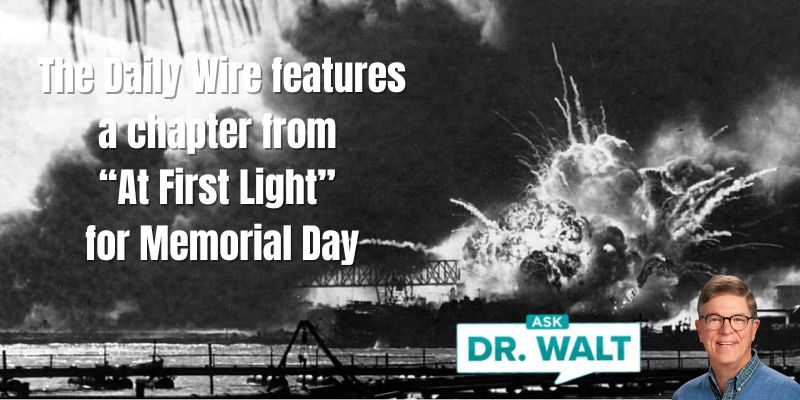
July 20, 1944 — The intense training for the next D-Day carried on and approached its conclusion
July 20, 2024
My Father is remembered at two Colorado Springs establishments
July 24, 2024Security as to exact time and place of the coming operation was excellent, but the fact could not be disguised from German agents and sympathizers among the Italians that a large-scale amphibious expedition was shortly to set sail. There were still too many pro-Nazis and unconverted Fascists in order for our large-scale preparations to remain a secret.[1]

Consequently, the mission coming up was probably “sweated out” by the men who were to accomplish it, more than any other since the initial landings in Africa.
For several days, in the latter part of July and early August, the Axis radio trumpeted nervously that a new invasion was ready to strike at southern France. Only the fact that such shots had been apparently “called” by the enemy on previous occasions, and then subsequently carried successfully to completion anyway prevented our forces from a too overbearing concern over the enemy’s feigned knowledge of coming events.
Southern France was a logical target, and it was much more so now that the beachhead forces in Normandy had broken loose and were in the process of overrunning the Brittany Peninsula.
The failed “Bomb Plot” to assinate Hitler broke during the latter part of July. So much elation was evidenced in the 3rd Infantry Division that it was necessary for General O’Daniel to issue a memorandum reminding all personnel of the danger of overoptimism.
The final combat training was toward the end of July for the 3rd Infantry Division, as it would be the first of three divisions to load. There were four ports out of which to load: Baia for LCTs, Pozzuoli for LCIs, Nisida for LSTs, and Naples for naval transports and cargo ships, Merchant Marine Liberty Ships, and British Indian Ocean passenger vessels.
Because of the priority on landing, the Division had more time for loading adjustments, with the consequence that instead of the originally scheduled 3, 337 vehicles estimated by higher headquarters as the maximum load, over 4,500 vehicles were loaded on the assault convoy.[1]
In case you haven’t read or listened to Dad’s book, you can learn more or order it here.
© Copyright WLL, INC. 2024.




